FORT BRAGG, N.C. — In the midst of a modernization effort that is focused on meeting strategic demands, organizations from across the military services collaborated in a joint exercise to improve capabilities to prepare to combat near-peer threats.
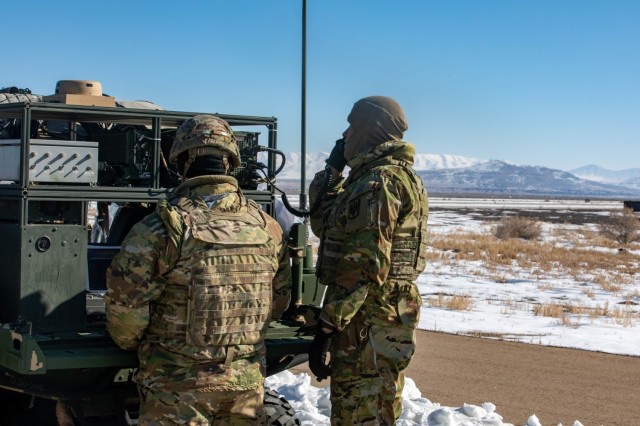
The XVIII Airborne Corps is at the leading edge of building the future force of 2030 and beyond through collaboration and innovation to meet these complex global challenges.
America’s Contingency Corps put that on full display during Scarlet Dragon Oasis, an artificial intelligence and data-centric operation that enabled a live-fire target identification and execution exercise from Jan. 23 to Feb. 3, 2023.
This was the sixth iteration of the Scarlet Dragon Oasis, and is a continuation of Project Convergence, in an ongoing series of training operations since 2020 that solely serve to increase the capabilities of warfighting skills across the joint force.
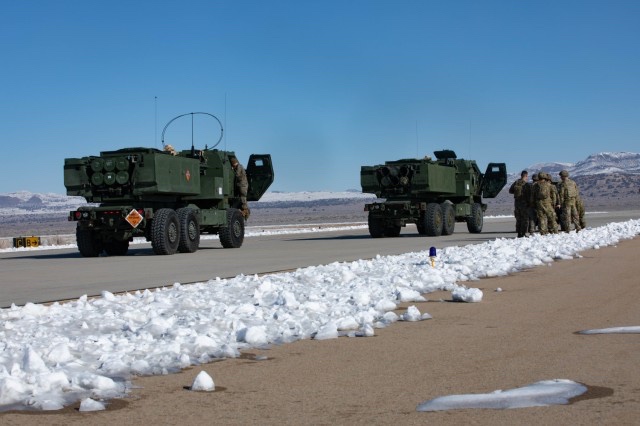
The XVIII Airborne Corps partnered with U.S. Central Command and several commands spanning across all branches of the Department of Defense to enable data-driven predictive models to inform and drive operations. The exercise was held across multiple states, including North Carolina, Georgia, Utah and Florida. They employed multiple platforms across all domains to hit specific targets in a more precise and effective manner.
Scarlet Dragon also enabled service members from across the joint force to improve interoperability by incorporating NATO allies. The exercise focused on sharing data and processing artificial intelligence to increase capacity for each warfighting function.
“We see this as an opportunity to take our joint partners and continue training to solve problems together,” said U.S. Army Col. Joseph O’Callaghan, XVIII Airborne Corps Fire Support Coordinator. “Partners are a crucial part of our warfighting force.”
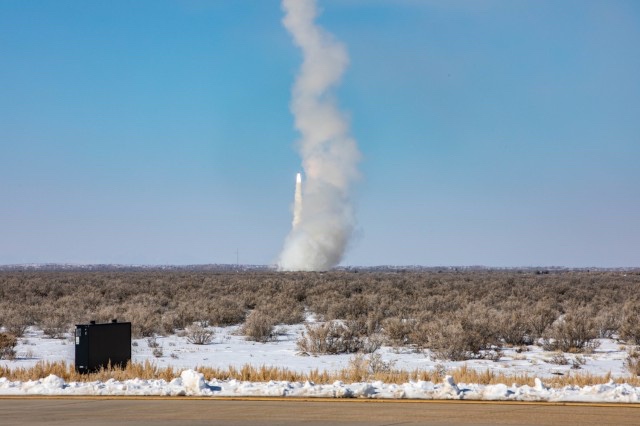
The exercise showcased each service’s ability to operate in a multi-domain environment aimed to enhance their joint relationship.
From the U.S. Army using Boeing AH-64 Apache attack helicopters in a sprawling gunnery range to the U.S. Air Force providing Boeing B-52 Stratofortress bombers, Scarlet Dragon demonstrated the accuracy and lethality of targeting using sophisticated technology.
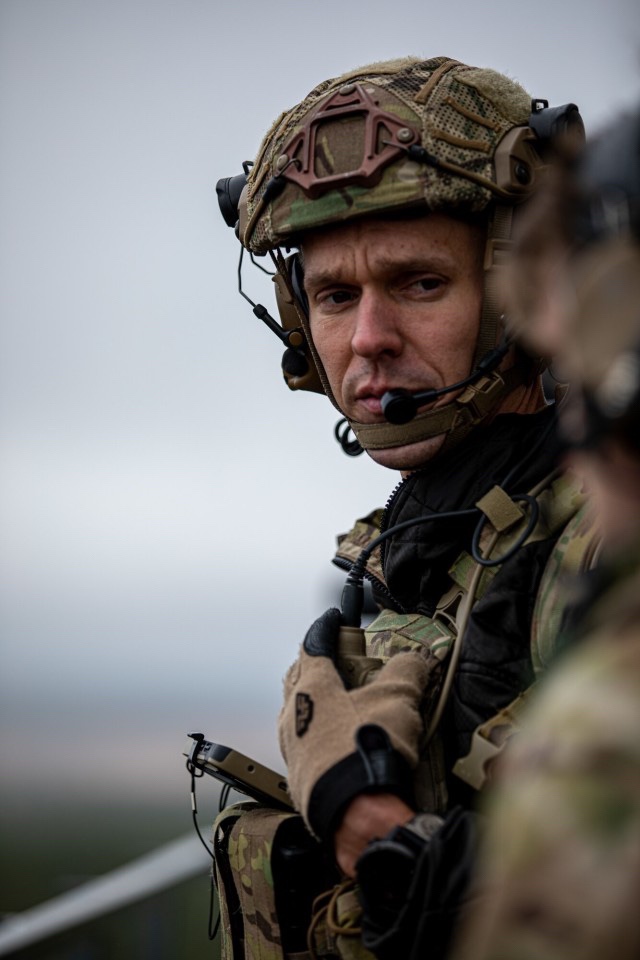
“The Army is able to find the targets with the software, and then passes that information on to us through our joint domain architecture,” said U.S. Air Force Tech Sgt. Matthew Ping, a tactical air control party specialist. “We pass that information onto Air Force fixed-wing aircrafts, to strike the target.”
The U.S. Marine Corps conducted a High Mobility Artillery Rocket System Rapid Infiltration, partnering with the 18th Field Artillery Brigade using their HIMARS.
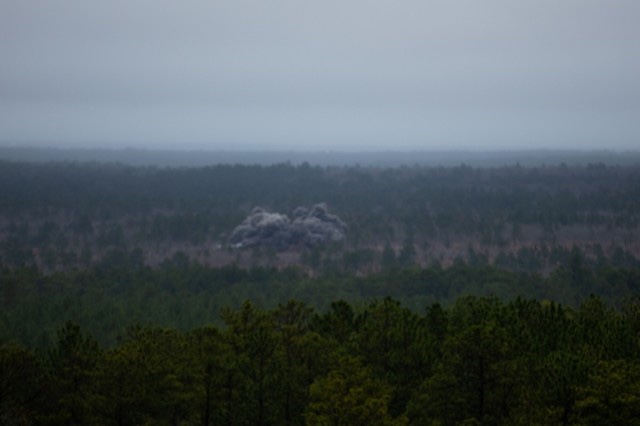
The sea domain also played a vital part of the Scarlet Dragon Oasis as the U.S. Coast Guard and U.S. Navy demonstrated their ability to control and patrol the waters by using the Tomahawk Land Attack Missile displaying their targeting precision.
This exercise was also the first time the U.S. Space Force was incorporated into the exercise, and they provided key elements to the exercise by incorporating the space domain and space range to harness another realm of data centric warfare.
“We are using artificial intelligence to pull all actionable data from a scan, instead of having an extra delay from having a team measure it out,” said U.S. Air Force Maj. Joseph Hamilton, a tactical air control party officer. “We’re significantly cutting the time it takes from detection until the point of the strike.”
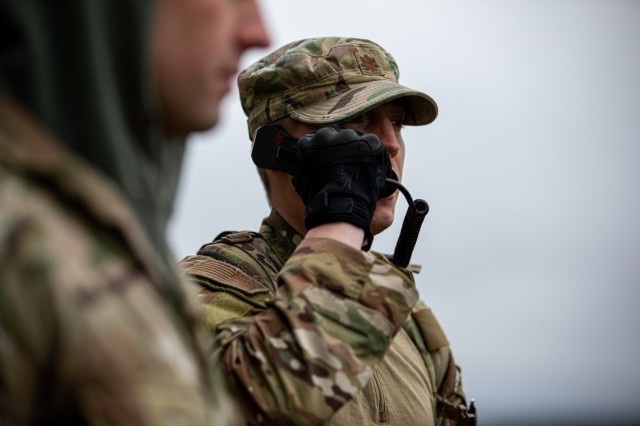
The joint force model’s interoperability is crucial to our nation’s warfighting success and the improvement of our technology lies within the people who are the service themselves.
“The ultimate goal is if one person from any service walks out with an idea or concept from here and applies it to their work, and makes it better, then we have won. Plain and simple.” said O’Callaghan.
By SPC Osvaldo Fuentes
Some photos by SGT Erin Conway

